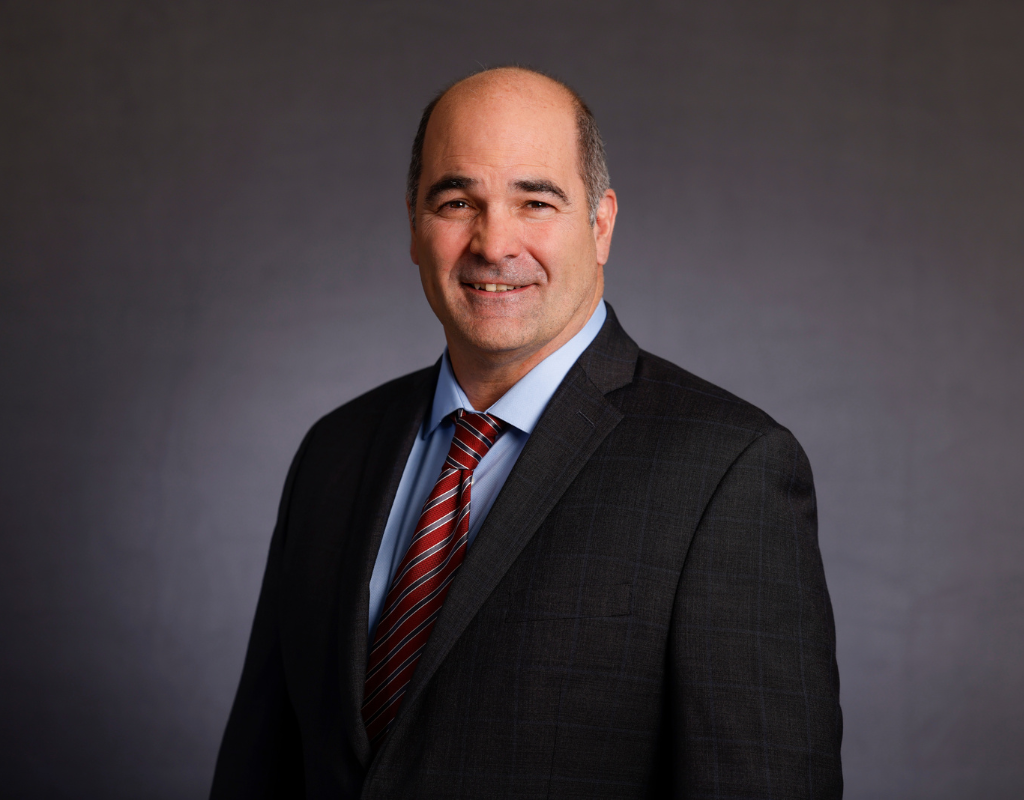Connected Complexity: The Journey to Modern Fiber Networks in Chicago
Many areas of Chicago rely on outdated and privately-owned telecommunication networks.
Michael Underdown

Chicago’s vibrant cityscape is not just defined by its towering skyscrapers and bridges connecting city streets across the 76.1 miles of canals; beneath its surface lies a complex web of electrical and communications infrastructure that keeps the city connected. As digital demands soar, the backbone of this communications infrastructure —fiber optic networks—plays an increasingly critical role in shaping the city's future.
The deployment of modern fiber optic networks in Chicago underpins continuous advancements in digital infrastructure that benefit business, government and residential users. However, fiber optic deployments are typically met with numerous challenges, from navigating the intricacies of permitting processes to overcoming the limitations of antiquated infrastructure. In a city as dynamic and densely populated as Chicago, laying the groundwork for a future-ready, connected city requires not only technological prowess but also strategic planning and innovation.
Empowering growth through advanced fiber infrastructure
Modern fiber optic networks offer substantial benefits over aging infrastructure, especially in a diverse and expansive urban environment like Chicago that is known for its architectural heritage.
These modern networks, characterized by high bandwidth and low latency, are engineered to support the escalating demands on global digital infrastructure. Installing fiber optic networks across the city introduces a new level of security, reliability, and scalability that is crucial for the plethora of digital applications that residential and commercial users rely on.
One of the most significant advantages of these modern networks is their ability to provide redundant and diverse routes throughout the Chicago metro area. This enhances the reliability of broadband services, offering a resilient and flexible connectivity option that reduces the risks associated with single points of failure—a common issue in older systems. Enhanced reliability is essential for maintaining robust and continuous service in a city where downtime can have far-reaching consequences.
Economic and social impacts
The building of Chicago’s modern fiber optic infrastructure can have profound economic and social benefits for the city. For businesses, access to reliable and high-speed broadband is crucial for operational efficiency and global competitiveness. High-performance networks enable companies to leverage advanced technologies such as artificial intelligence and machine learning, driving innovation, economic growth, and productivity gains.
For residential users, particularly in underserved communities, modern fiber networks can bridge the digital divide. By providing equitable access to high-speed internet services, these networks can improve the educational infrastructure, enhance healthcare services, and elevate overall quality of life. Furthermore, the prospect of more vigorous competition among service providers can result in more affordable and diverse broadband options.
Government institutions and agencies also benefit significantly from enhanced bandwidth and security. Modern fiber networks support the implementation of smart city initiatives, such as advanced traffic management systems, public safety enhancements, and other urban planning tools. These capabilities contribute to better urban management, job creation, and economic development, as well as more efficient government services that benefit the broader population.
Key challenges in fiber optic deployment
Deploying a fiber optic network in a well-established city like Chicago is not without its challenges. The city's dense population, underground infrastructure, and traditionally designed building composition complicate construction efforts. One primary obstacle is navigating the complex permitting processes required for installation. Coordinating with various city departments to obtain the necessary permissions often leads to time-consuming and costly delays.
Confined real estate and jurisdictional issues add another layer of complexity to the construction process. These constraints can result in protracted timelines and increased costs, challenging the feasibility of large-scale network projects.
Existing infrastructure poses another significant hurdle. Many areas of Chicago rely on outdated and privately-owned telecommunication networks that are difficult to access and not equipped to handle modern demands. This disparity has perpetuated a digital divide, particularly in the city’s south and west sides, where affordable broadband is limited. The COVID-19 pandemic starkly highlighted these inequities, as many households struggled with inadequate access to remote learning and healthcare services.
Ensuring scalability and accessibility
To ensure that new fiber optic networks are both scalable and accessible, strategic planning and innovative installation practices are essential. Leveraging existing capacity and employing advanced technologies like micro-cabling can maximize the use of available space and resources. This approach supports current demands while also allowing for future expansion to meet evolving capacity requirements.
As Chicago continues to grow and evolve, maintaining a modern fiber optic infrastructure will be a cornerstone of its digital future. Overcoming deployment challenges is crucial to unlocking the numerous economic and social benefits that these networks can provide, from driving business growth and innovation to enhancing residents' quality of life and supporting the city’s smart initiatives.
In embracing these advancements, Chicago is not just enhancing its connectivity infrastructure but also paving the way for a more inclusive and innovative urban future as major cities in the U.S. place more focus on ensuring their relevancy and commercial vibrancy in the post-pandemic, digital age.
Michael Underdown, President and CEO of Crosstown Fiber, has more than 30 years of experience in telecommunications infrastructure. He previously served as COO of Comdesco Group, Inc., focusing on fiber network and data center construction management and consulting and also founded Chicago Fiber Systems. Underdown's extensive background spans strategic leadership in operations engineering, market development, real estate, and financial consulting, and he specializes in new market and channel sales development. This Expert Opinion is exclusive to Broadband Breakfast.
Broadband Breakfast accepts commentary from informed observers of the broadband scene. Please send pieces to commentary@breakfast.media. The views expressed in Expert Opinion pieces do not necessarily reflect the views of Broadband Breakfast and Breakfast Media LLC.









Member discussion